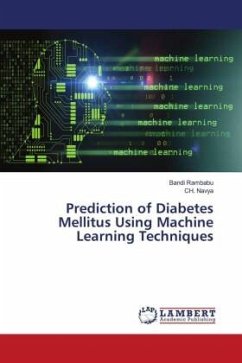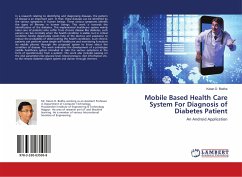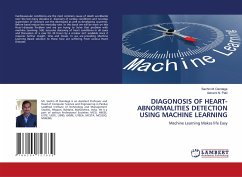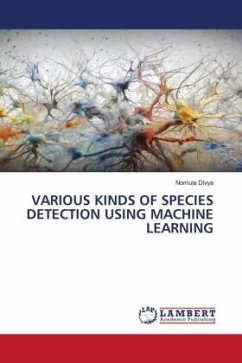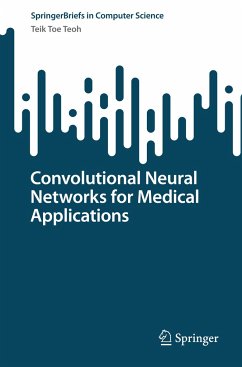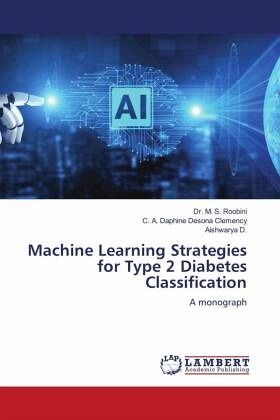
Machine Learning Strategies for Type 2 Diabetes Classification
A monograph
Versandkostenfrei!
Versandfertig in 6-10 Tagen
29,99 €
inkl. MwSt.

PAYBACK Punkte
15 °P sammeln!
The rise in Type 2 Diabetes cases has fueled research in robust diagnostic systems. Machine learning integration enhances these systems by analyzing diverse datasets and addressing associated complications like obesity, poor habits, and hypertension. Early detection is crucial, given the severe health implications. ML, paired with natural language processing, aids in prognosis, diagnosis, and prevention plans. Using the PIDD dataset (768 samples, 16 attributes), this research focuses on predicting diabetes with an expanded characteristic set. Pre-processing involves normalization, balancing wi...
The rise in Type 2 Diabetes cases has fueled research in robust diagnostic systems. Machine learning integration enhances these systems by analyzing diverse datasets and addressing associated complications like obesity, poor habits, and hypertension. Early detection is crucial, given the severe health implications. ML, paired with natural language processing, aids in prognosis, diagnosis, and prevention plans. Using the PIDD dataset (768 samples, 16 attributes), this research focuses on predicting diabetes with an expanded characteristic set. Pre-processing involves normalization, balancing with SMOTE, and completeness checks to improve model accuracy. Overall, this study emphasizes ML's pivotal role in advancing Type 2 Diabetes understanding and predictive capabilities through meticulous methodologies and dataset selection.



